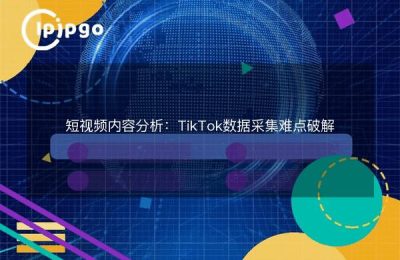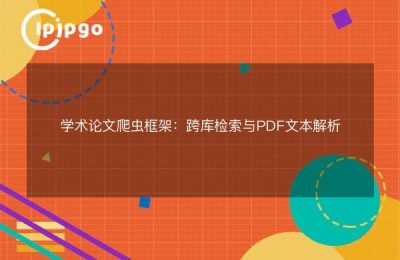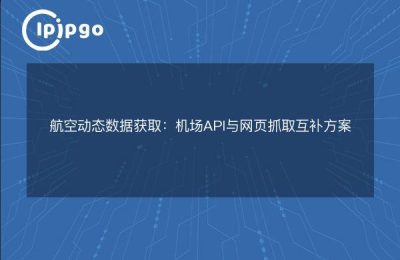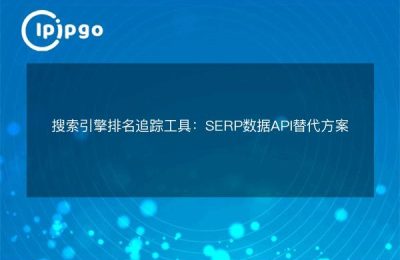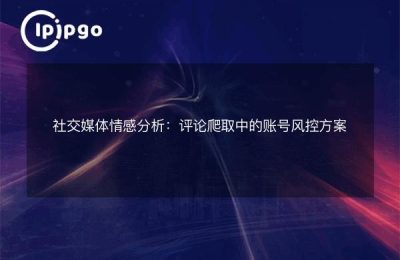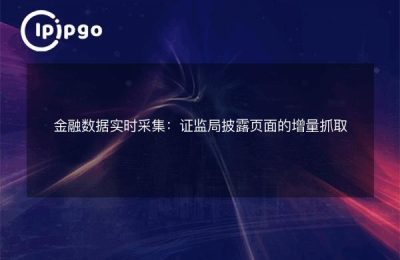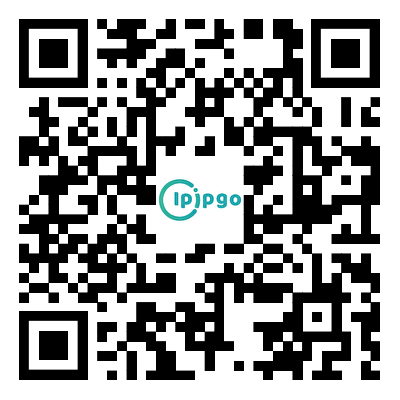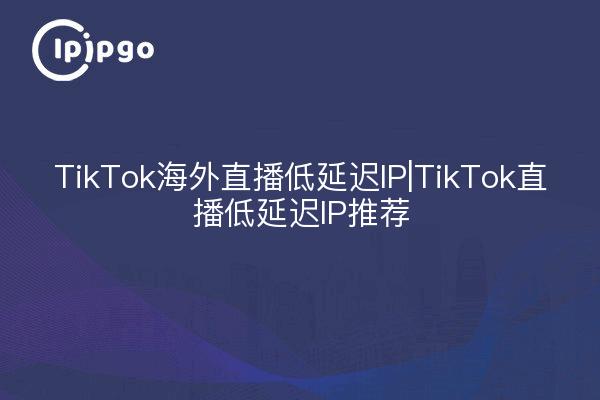
Why TikTok live streaming lag always drives people crazy?
Anyone who has done TikTok live streaming knows how crashing it is when the screen suddenly jams into a PPT, the sound is intermittent, and the viewer's message is delayed for 10 seconds before it is displayed. Especially when it comes to cross-country live broadcasts, network fluctuations are like time bombs that can ruin carefully prepared content at any time. Many people think it's a cell phone configuration or WiFi problem, in factProxy IP quality and line selectionIt's the key factor that affects the delay.
Three golden rules for picking the right proxy IP
To make the live feed so smooth that it looks like a face-to-face chat, remember these three core principles:
1. Physical proximity is better
For example, if you are doing a live broadcast in Japan, if the proxy IP's server is in Germany, the data will have to go half way around the world to reach the viewer's cell phone. ChooseLocal Residential IP(e.g. the 240+ country resources covered by ipipgo) can dramatically shorten the transmission path.
2. Dynamic IP is more resistant to blocking than static
TikTok monitors anomalous traffic from fixed IPs over long periods of time. ipipgo'sDynamic Residential IP PoolSupports changing IP address every 5 minutes to maintain the stability of the live broadcast and avoid being limited by the platform.
3. Protocol adaptation is true compatibility
Common proxy tools on the market only support HTTP/Socks5, but live push streaming requires more underlying TCP/UDP protocols. ipipgo'sOmni-protocol support technologyIt can automatically match the data transmission requirements of the live broadcast software to avoid lag caused by protocol conflicts.
Hands-on setup of low latency proxy IPs
Take an Android device as an example (iOS operates with the same logic):
1. Open the ipipgo client and select "Live Mode".
2. Click on the target country/city in the map screen (crowded areas are recommended).
3. Enable the "Smart Route" function to automatically avoid congested nodes.
4. Adjust the push stream bit rate in the TikTok Live settings to3500-4500kbps(ipipgo optimizes frame rate in the background)
Must-do network stress tests before live streaming
A deadly detail that many anchors overlook:
| Test items | Requirements for meeting standards | Tool Recommendations |
|---|---|---|
| Round-trip delay (RTT) | <150ms | ipipgo built-in ping tool |
| Jitter rate(Jitter) | <30ms | Glasswire Traffic Monitoring |
| Packet Loss | <0.5% | iperf3 cross-country test |
Frequently Asked Questions QA
Q: Does using a proxy IP cause the live streaming image quality to degrade?
A: No. ipipgo'sLossless traffic forwarding technologyIt can maintain the original video encoding, and the measured 1080P live broadcast only adds 3-5ms latency.
Q: How to recover quickly from sudden disconnection?
A:Enable "disconnection protection" function in ipipgo client, when network fluctuation is detected, it will switch the backup IP within 100ms, and the viewer side is almost imperceptible.
Q: How to assign IPs for multi-device live streaming?
A: It is recommended that the main cell phone use static IP to keep the push flow stable, and the backup device bind dynamic IP. ipipgo supportMulti-terminal IP isolation, avoiding the risk of account association.
These details make the delay drop another 20%
Practical tips that 90% anchors don't know:
1. Avoid the peak residential IP segment from 19:00 to 23:00 local time (use commercial area IP instead)
2. Turn on the "Live Acceleration" channel in the ipipgo backend.
3. Flush DNS cache before each broadcast (cmd into ipconfig/flushdns)
4. Android users turn off "Developer Options - Background Process Limitations".
Optimizing live streaming latency through proxy IPs is not a metaphysics, the core of theAccurate matching of scene requirements + continuous network tuning. Instead of blindly investing in hardware equipment, you can often solve the 80% lag problem at the cost of the 20% by first using a fine-tuned setup with a professional tool like ipipgo.

